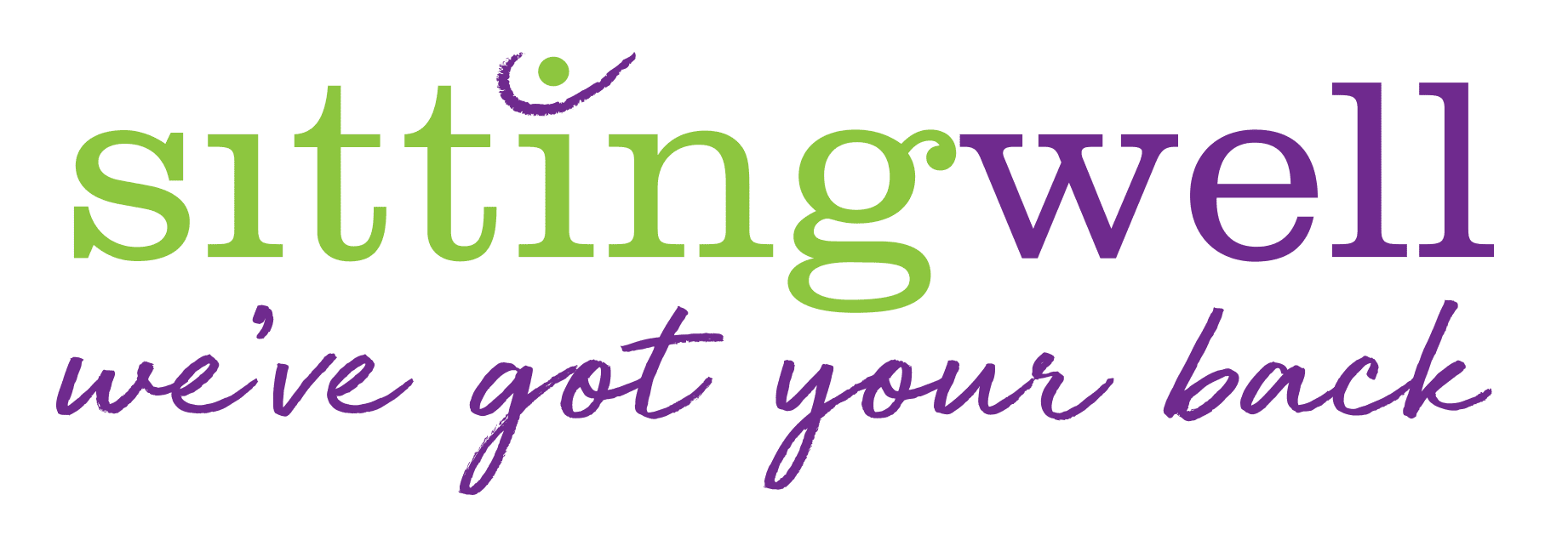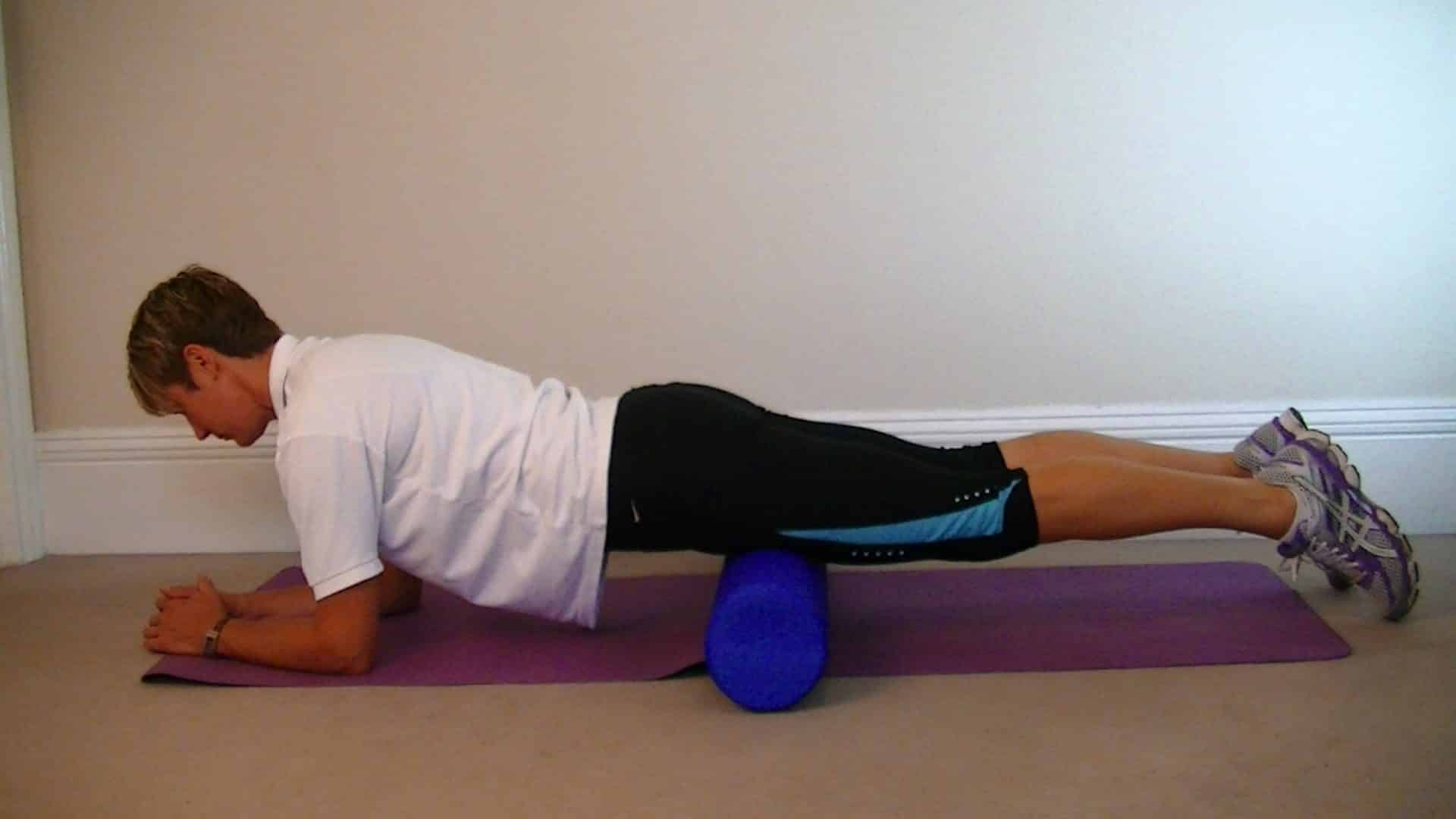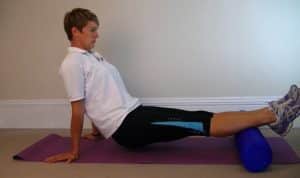What is foam rolling and why might you use it?
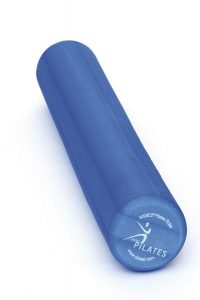
Foam rolling has actually been used for years as a self-help method for stretching and massaging the soft tissues of the body. There has been a lot more focus on it recently and as such a lot more variation on different types of foam rollers, which for a lot of people just adds to the confusion.
In this blog I will explain
- What foam rolling is,
- The benefits of using a foam roller
Hopefully by the end you will have a much clearer understanding and a good staring point if you want to begin working with a foam roller.
What Is Foam Rolling?
There are various ways you can use a foam roller, but the most common use is for self-myofacial release. What is myofascial release? Well ‘myo’ means muscle and ‘facia’ relates to all the connective tissues in the body. Using a foam roller can be a form of self-massage to release tension in the soft tissues of the body.
When you exercise and train the body, whether that’s in a gym and group class or with a sport, the muscles are likely to get mirco-tears as they are being tested to their limits and responding to the stresses and strains put on them. In addition, whether through posture, technique, nutrition, hydration or lifestyle habits; knots, trigger points, adhesions and tension imbalances can occur within a muscle.
These are compensations the muscles are making as a result of how they are being used. You probably won’t feel the changes happen however they can lead to weak points if they are not managed properly and as such can results in injury.
How Does Foam Rolling Help?
By using a foam roller to self massage your muscles you are helping improve blood flow to that muscle to enhance healing and recovery. It will also help to reduce any knots, tension spots and adhesions that have built up within the muscles or surrounding connective tissues. The result will aid in your bodies recovery from exercise and assist in helping regain normal function of the muscle.
This method of self-massage can also improve muscle function by addressing muscle tension imbalances along side corrective stretches and strength work. Such imbalances can occur through incorrect technique, poor posture or years of repetitive movement patterns. This can put you at greater rick of injury through putting more strain or demand on one muscles and not using other muscles properly. Or from one muscle group being too tight and it’s opposite group too stretched to be able to work effectively.
Restoring the correct length, flexibility and function of a muscle will reduce the risk of injury and improve performance. Sometimes stretching alone is not enough because whilst a muscle may have a tension hot spot (trigger point or knot) doing a general stretch on the muscle may just cause that particular tight area to move with the stretch and not get stretched in itself. Also you would need to be very specific to get the tension line just right to target a small section of a muscle, especially a large muscle. By using a massage method you will pick up the tender areas where tension and adhesions are and be able to work around that area specifically, feeling the change in the tissue as you work.
Other uses for a Foam Roller
The uses of a foam roller go far beyond self Myofacial release work though. With a little imagination you can integrate your foam roller into your exercise regime to provide variety to your routine.
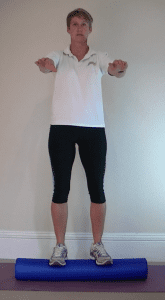
For Example – If the roller is firm enough you can stand on it to train your balance, you can also use it to make press-ups more challenging by placing your hand or hands on the roller instead of the floor. Half or D shaped rollers are also available as a method of progressing balance and stability work – starting by standing on the curved side with the flat side on the floor, then increasing the proprioception by having it curved side down.
I hope this has helped clarify the use of foam rolling and highlighted the benefits for adding it into your exercise routine.
If you want to learn more about how to use a foam roller and the variation of it’s applications’ follow the link to my blog on Using A Foam Roller safely and effectively
